|
Robert Rauschenberg
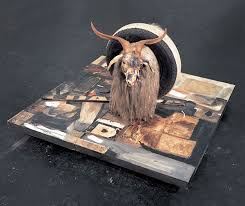
Robert Smithon

Tapies

John Baldessari

Mid - Postmodernism 1968 - 80s
Leon Golub
Sylvia Sleigh
Judy Chicago
Betty Saar
Late Post Modernism - Late 1970s, 80s and 90s
Koons
Martin Creed
Damien Hirst
I have just added pictures of the artists work so you can see what we will be doing over the next year, i havnt gone into depth as i will do this as we dicuss them further in the lectures.
-------------------
Week 2 - This week we talked about modernist values, first of all we compared,
William Holman hunt - The awakening conscience 1853/54

to
Henri Matisse, Portraite of Madame Matisse or green line, 1905
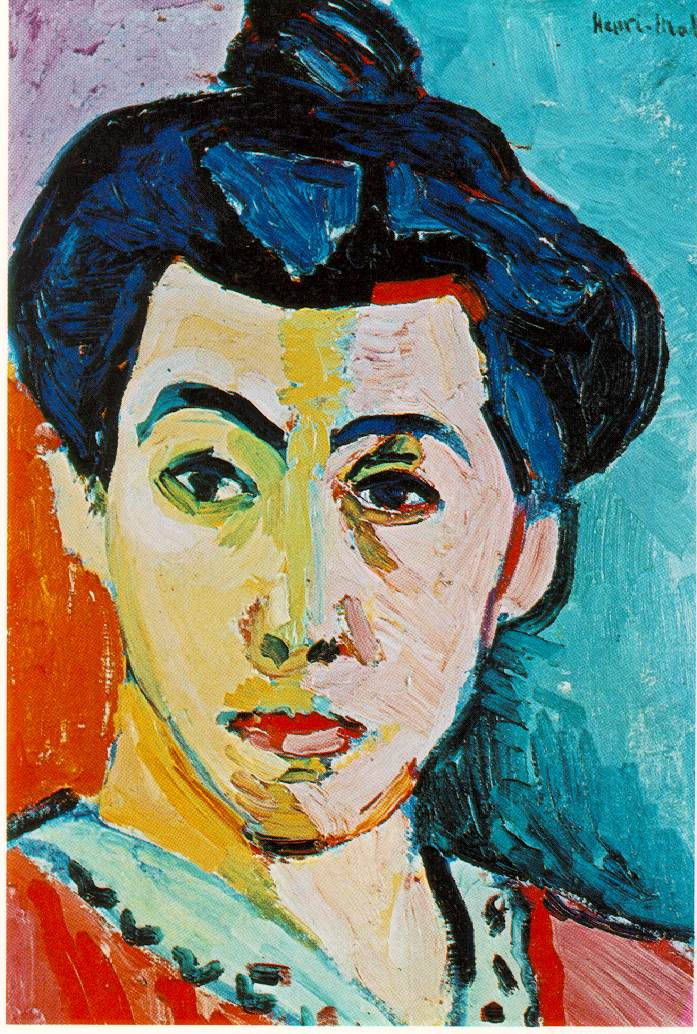
We then had to think of a few differences between them,
The awakening conscience:-
- There is more going on
- More context
- Portraite for rich
- She was a kept women
- Its a narative painting
- A mistress
- Its a motion shot
- The cat under the table is copying them
- Figarative painting
- Victorian painting
- Lots of symbolism
Madame Matisse portraite:-
- Uses more dominant brush strokes
- Straight to the point
- Portriate for the poor
- About colour
- A depiction of his wife
- Blocks of colour
- Masculine
- Cartoon like
- Not much detail
- Not much narative
- Japanesse
- Colour for mood and expression
These are the differences that we all came up with.
We then compared Madame Matisses portriate
to:-
Piet Mondrian - composition, 1921
Obviously what we said about the portriate of Madame mattisse still stays the same so what we said about composition is:-
- Has more simplicity
- Very limited
- Bold form
- Made of primary colours
- No obvious narative
- About balance
- About putting forms together
- Non figrative
- Abstract - to take away from its context so you loose certain meaning
- Geometric
- Read it for values
Mondrian was very interested in shape, we looked at a few pieces of his work to see how they changed over the years:-

This one is called red tree and was painted in 1909

This one is called grey tree and was painted in 1911

This one is called tree in flower and was painted in 1912
You can see from these 3 pictures how his techniques changed over time and it was even a long period of time as they are only 1 or 2 years apart.
We then went and briefly had a look at Modernism art:-
- Non narative, about itself - autonomous - indepenent - stands alone
- Rejection of specific things like detail - care about more essentials
- Subjective use of paint
- Their aim was to advance art into a new age - they rejected a lot of things like polish and finish
So to try and sum up what we think modernist art is all about we took a look at:-
John Ruskin, John Ruskin (8 February 1819 – 20 January 1900) was the leading English art critic of the Victorian era, also an art patron, draughtsman,
watercolourist, a prominent social thinker and philanthropist. He wrote
on subjects ranging from geology to architecture, myth to ornithology,
literature to education, and botany to political economy. His writing
styles and literary forms were equally varied. Ruskin penned essays and
treatises, poetry and lectures,
travel guides
and manuals, letters and even a fairy tale. The elaborate style that
characterised his earliest writing on art was later superseded by a
preference for plainer language designed to communicate his ideas more
effectively. In all of his writing, he emphasised the connections
between nature, art and society. He also made detailed sketches and
paintings of rocks, plants, birds, landscapes, and architectural
structures and ornamentation.
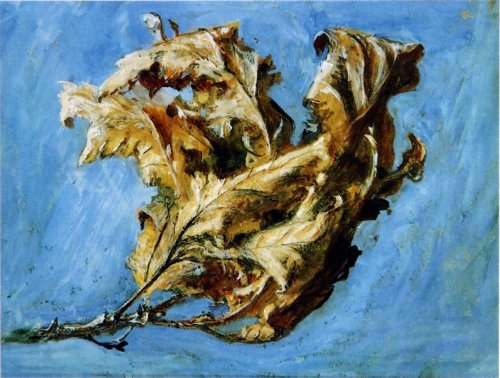
This painting is called Oak Leaves, painted in 1879
We also looked at J.A.M Whistler:-
James Abbott McNeill Whistler (July 11, 1834 – July
17, 1903) was an American-born, British-based artist. Averse to
sentimentality and moral allusion in painting, he was a leading
proponent of the credo, "art for art's sake". His famous signature for his paintings was in the shape of a stylized butterfly possessing a long stinger for a tail.The symbol was apt, for it combined both aspects of his personality—his
art was characterized by a subtle delicacy, while his public persona
was combative. Finding a parallel between painting and music, Whistler
entitled many of his paintings "arrangements", "harmonies", and "nocturnes", emphasizing the primacy of tonal harmony. His most famous painting is Whistler's Mother
(1871), the revered and oft parodied portrait of motherhood. Whistler
influenced the art world and the broader culture of his time with his
artistic theories and his friendships with leading artists and writers.

This painting is called Nocturn in blue and gold, old Battersea bridge, painted in 1872/75
It caused quite a bit of up roar, alot of people found it insulting, it was taken to court and a trial was held,
Ruskin took whistler to court to hopefully cause trouble but all Whistler wanted to do was to give the viewers a harmoy of colour, he wasnt intentianally trying to offend anyone.
Week 2 - seminar
We had to choose a postcard that Chris had brought in, one that we felt connected to, something that caught our eye and then we had to tell the rest of the group why we choose that one, what made it eye catching to us.I choose mine because it had a religious look about it and with me being catholic i felt connected to it.
Chris then showed us a video and asked us whether we thought it was art or design:-
Video
We all decided as a class that it was a bit of both, it had a artistic flare but also the views of a desiger. It is a very clever piece of work.
-----------------------------
Week 3 - Modernity & Modernism
First of all we looked at the eiffel tower, it was built in 1889, it was built of iron, the person who designed it was Gustave Eiffel.
Alexandre Gustave Eiffel(15 December 1832 – 27 December 1923) was a French civil engineer and architect. A graduate of the École Centrale des Arts et Manufactures, he made his name with various bridges for the French railway network, most famously the Garabit viaduct. He is best known for the world-famous Eiffel Tower, built for the 1889 Universal Exposition in Paris, France. After his retirement from engineering, Eiffel concentrated his energies on research into meteorology and aerodynamics, making important contributions in both fields.
Under Construction -
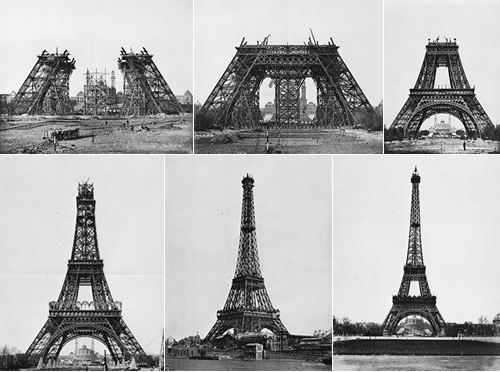

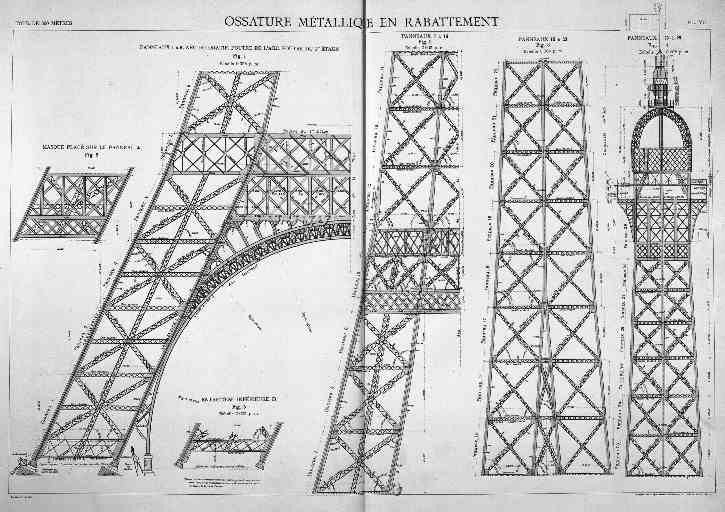
Present day -
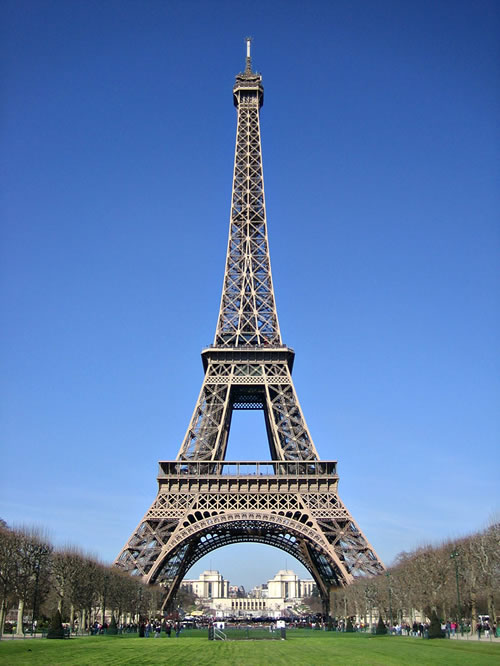

It was built for an exhibition
We then took a look at Crystal palace,
1851 - interiors of the crystal palace

1854 - Paintings of the Crystal palace
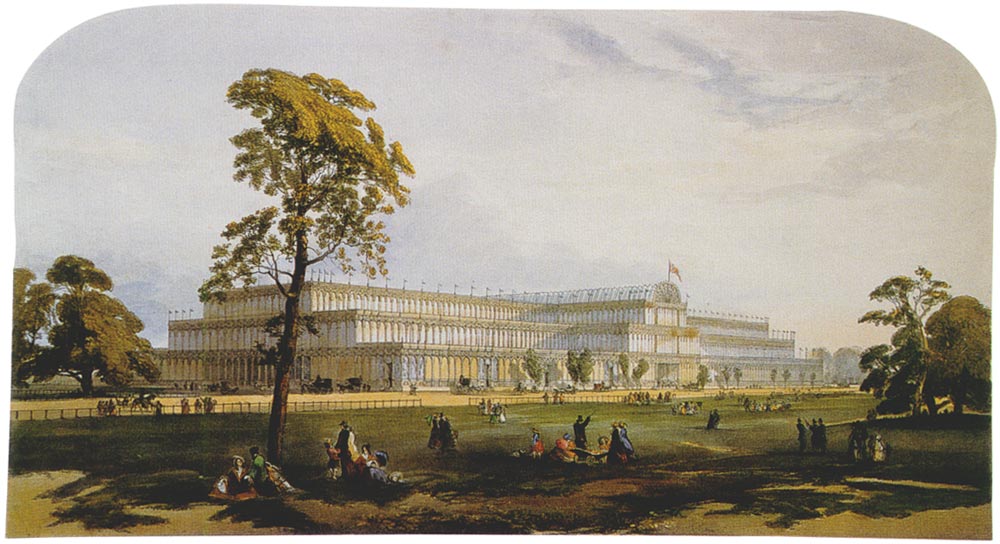
We compared this building to buildings in this day and age like the trafford centre -


Maybe Crystal palace had some influence of what the trafford Centre looks like.
We then went back and looked at airiel views from the Eiffel tower-
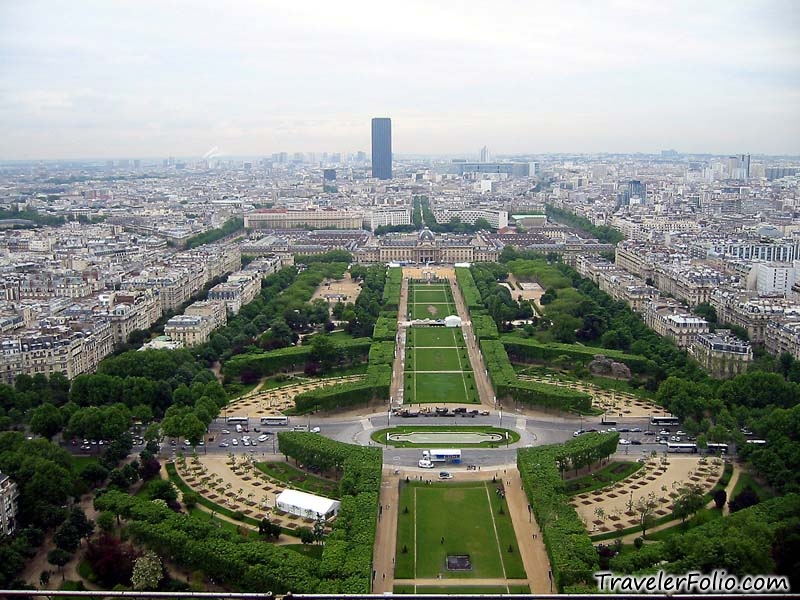
Andre Derian - André Derain (10 June 1880 – 8 September 1954) was a French artist, painter, sculptor and co-founder of Fauvism with Henri Matisse.

This painting is called In the Moutains. It has:-
- No prespective
- Flat
- Block colour
- Simplified
Many inventions where created, photography being a huge impact on art.
Here are a few example of inventions -
- first machine age 1908 gec ad for electric grill
- 1903 Vacum cleaner - via truck
- 1914 vacum cleaner
- 1920s osram ad - made a huge difference -
- Edison light - work longer - candles where used before this - people saw it as a gift from heaven - in hotel rooms they put electric light warnings on the wall telling people they are not flame lit an there was a switch on the wall to turn them on.
- 1903 first powered flight
- 1909 first flight to go across the english channel, calais to dover
- 1914 - 1918 - first world war - machine guns invented
What did we think these inventions had on implications of art-
- People could work longer because of light bulb
- Inspired them to be more modern
- More ideas for paintings
- Lighting - they could see colours better
- Less paintings, more photography
We then took a look at a few paintings and depicted them:-
- Fernand Leger - the card players, 1917

- Machine like
- Machines effect every day life
- Depiction of movement
- Depiction of soldiers playing cards
- Leger - three women, 1921

- Fragmented look
- Quiet flat
- No prespective
- Made up of flat pattern
- People depicted as machines
- Leger - Mechanical elements, 1924

- Depicts life as a clock work
- Positive view of modernity
- Umberto Boccioni - the city rises, 1910

- Struggling
- Building moderisation
- Horses are pulling
- Dynamic
- Eadweard Mybridge, photographs, 1880
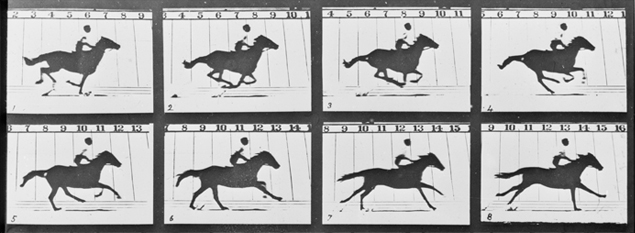
- Capturing movement
- Inspirational
- Helpful
- Giacomo Balla, Dynamism of dog running a leash, 1912

- shows movement
- dynamic colours
- Going fast as the pavement is blurred
- Boccioni, dynamism of a cyclist, 1913
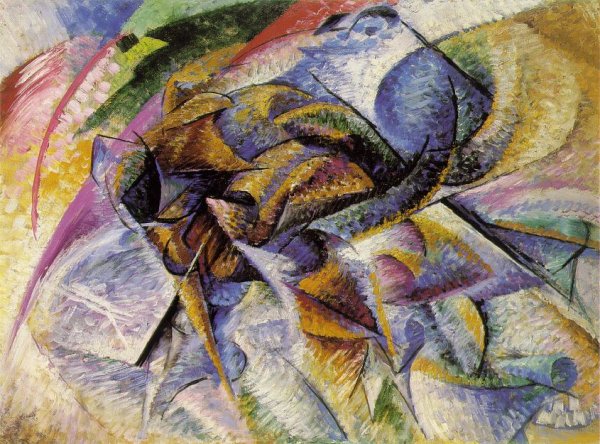
- Less obvious movement
- Have to use your brain more to work it out
- Intreguing colours
- Georges Braque, Violin and Candlestick, 1910

- Simple colours
- using your imagination
- reflecting other things
- Juan Grus - Violin and playing cards, 1913

- Bold colours
- Many things going on
- Full concentration needed
- Layers
- Looks like a collage
All these paintings and photographs just show us how much the mechanical part of the part of the past had an impact on many things, from a vacum cleaner to the very well known Famous Eiffell tower.
We then watched a few clips out of a film called Metropolis,
This shows us many things that are influential:-
- aeroplanes
- tall buildings
- aerial views
- working people
- living quarters
-----------------------------------
Art and Politics in the 1970s (USA)
Vietnam war, started in 1955 and ended in 1975 but it wasn't common knowledge till later on and USA didn't really get involved until 1968.
Vietnam war was vastly talked about as it was the first ever war to be on video. The public heard about it day in and day out because of papers, radio and television.
Seymour Chwast (born August 18, 1931) an American graphic designer, illustrator, and type designer.
Chwast was born in Bronx, New York, and graduated with a Bachelor of Fine Arts from Cooper Union in 1951. With Milton Glaser, Edward Sorel, and Reynold Ruffins, he founded Push Pin Studios in 1954. The bi-monthly publication The Push Pin Graphic was a product of their collaboration.
George Maciunas (Lithuanian: Jurgis Mačiūnas, pronounced ma-chew-nas; 8 November 1931 9 May 1978) was a Lithuanian-born American artist. He was a founding member and the central coordinator of Fluxus, an international community of artists, architects, composers, and designers.
Peace tower
Angry arts week - 1967
Leon Golub 1922 - 2044, against the protest
Golub received his B.A. in Art History from the University of Chicago in 1942. From 1947 to 1949 he studied, under the G.I. Bill, at the School of the Art Institute of Chicago, where he met the artist Nancy Spero, to whom he was married for nearly fifty years. In Chicago he became involved with other painters, known as the Monster Roster group, which believed that an observable connection to the external world and to actual events was essential if a painting was to have any relevance to the viewer or society. This is a view that informed Golub's work throughout his career.
Nancy Spero
Nancy Spero (August 24, 1926 – October 18, 2009) was an American visual artist.
Sam Weiner, those who fail to remember the past are condemned to repeat it, 1970
Cliff Joseph, my country, right or wrong, 1968
Robert Colescott, bye bye miss american pie, 1971
Carolee Schneeman, Divisions + Rubble performance, 1967
Ed Keinholz, the Portable war memorial
Jasper Johns, Moratorium, 1969
Robert Smithson, Kent state, 1970
Claes Olderberg, Lipstick, 1969
Ad Reinhardt, no war, 1967
Fraser Dougherty, Jon Hendricks, Irving Petlon, Son - My Massacre, 1970
Hans Haacke
------------------------------------------------------------------------------------------------------------
|
|
|
|
| |
|
|
|
|
|
| |
| | |
| |  | |  | | | | | |
|
|
| M
| |  |  | | | | | | | |
| | | | | | | |
| | | | | | | | | | | | | | | | | | | | |
|
|














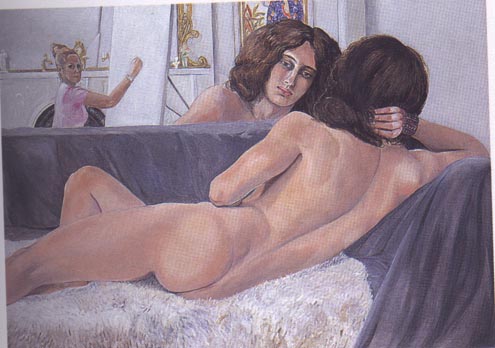



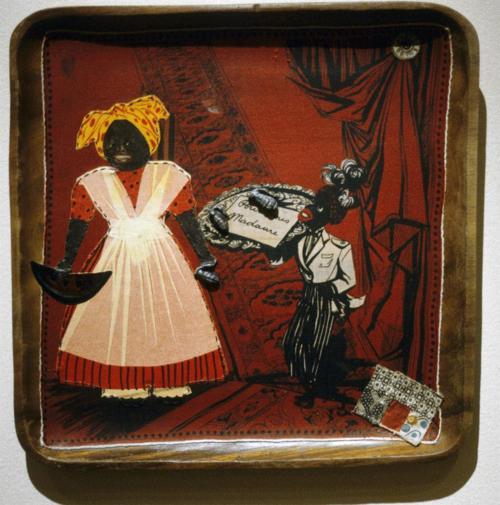


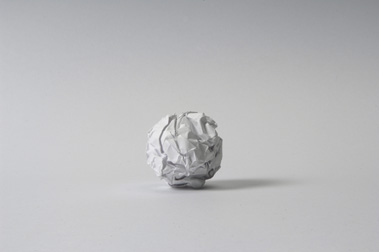


























































No comments:
Post a Comment